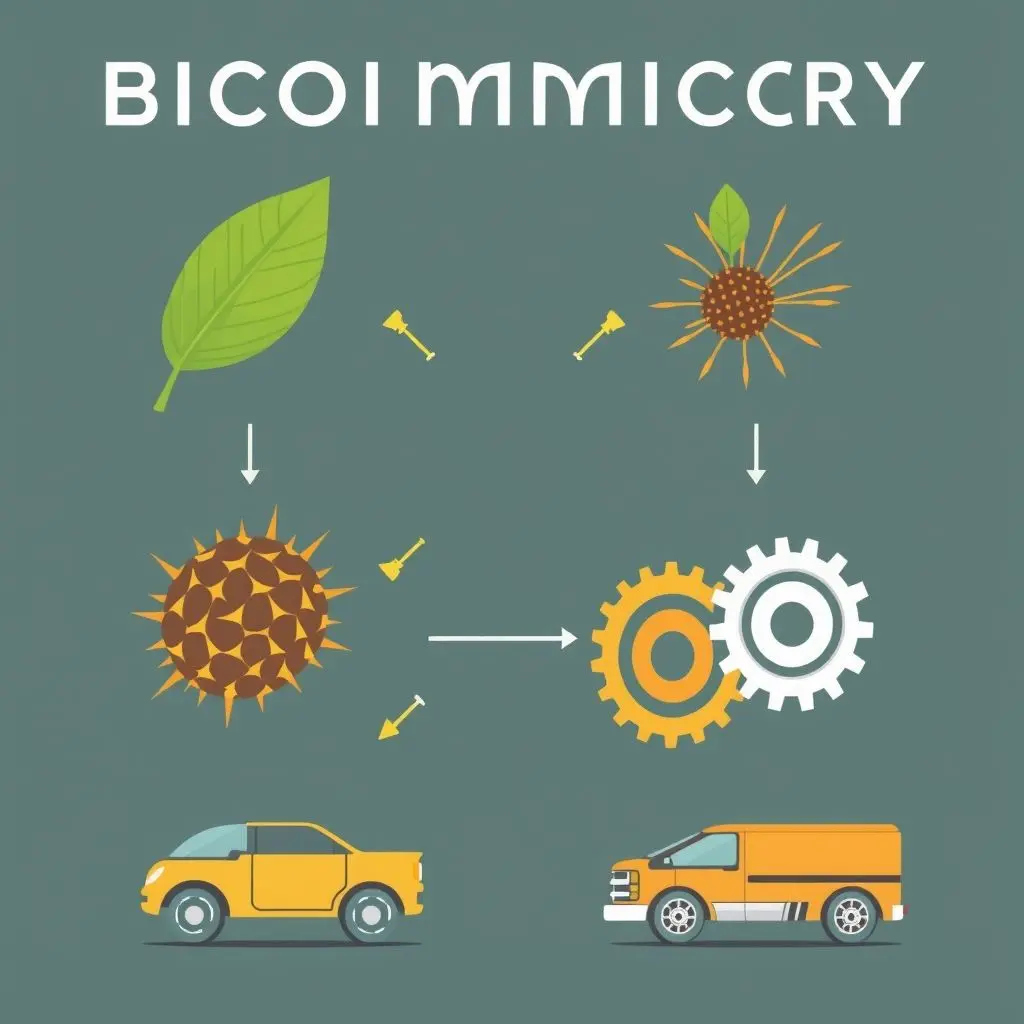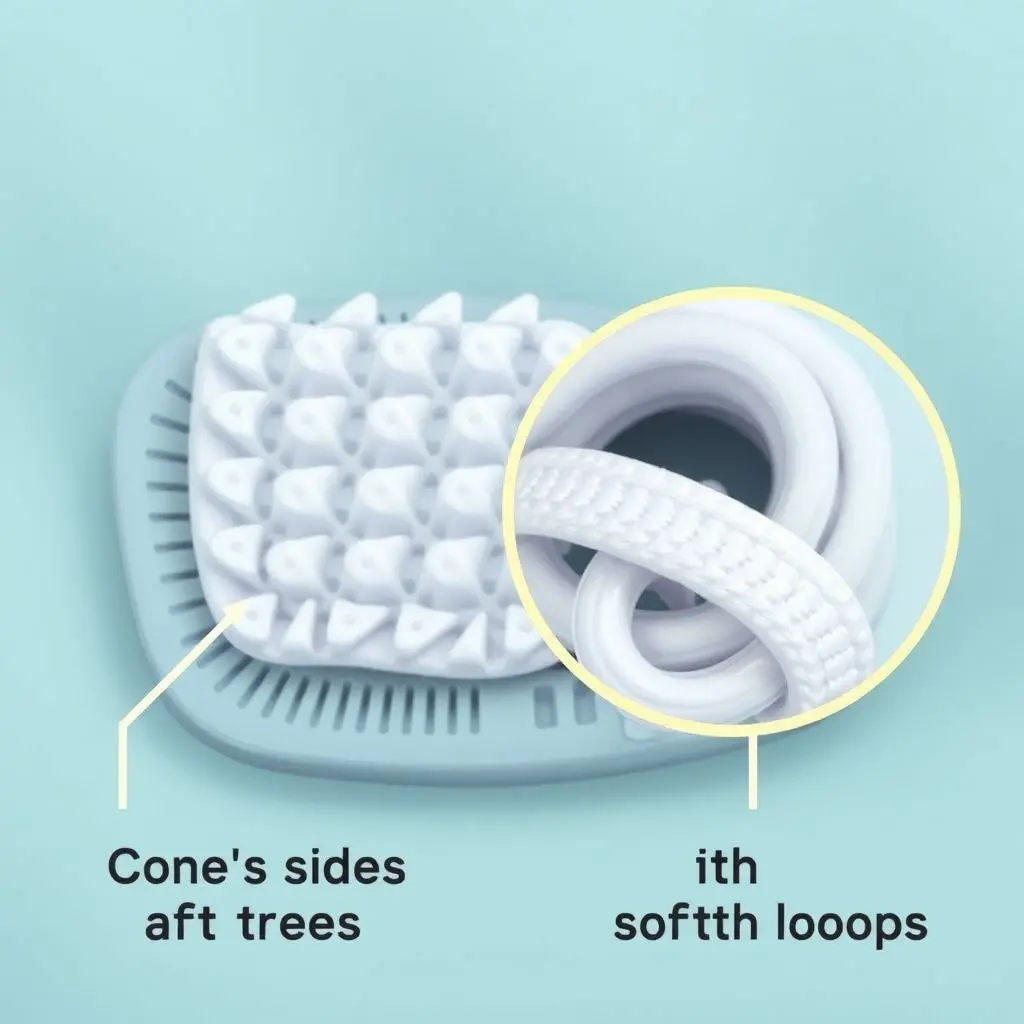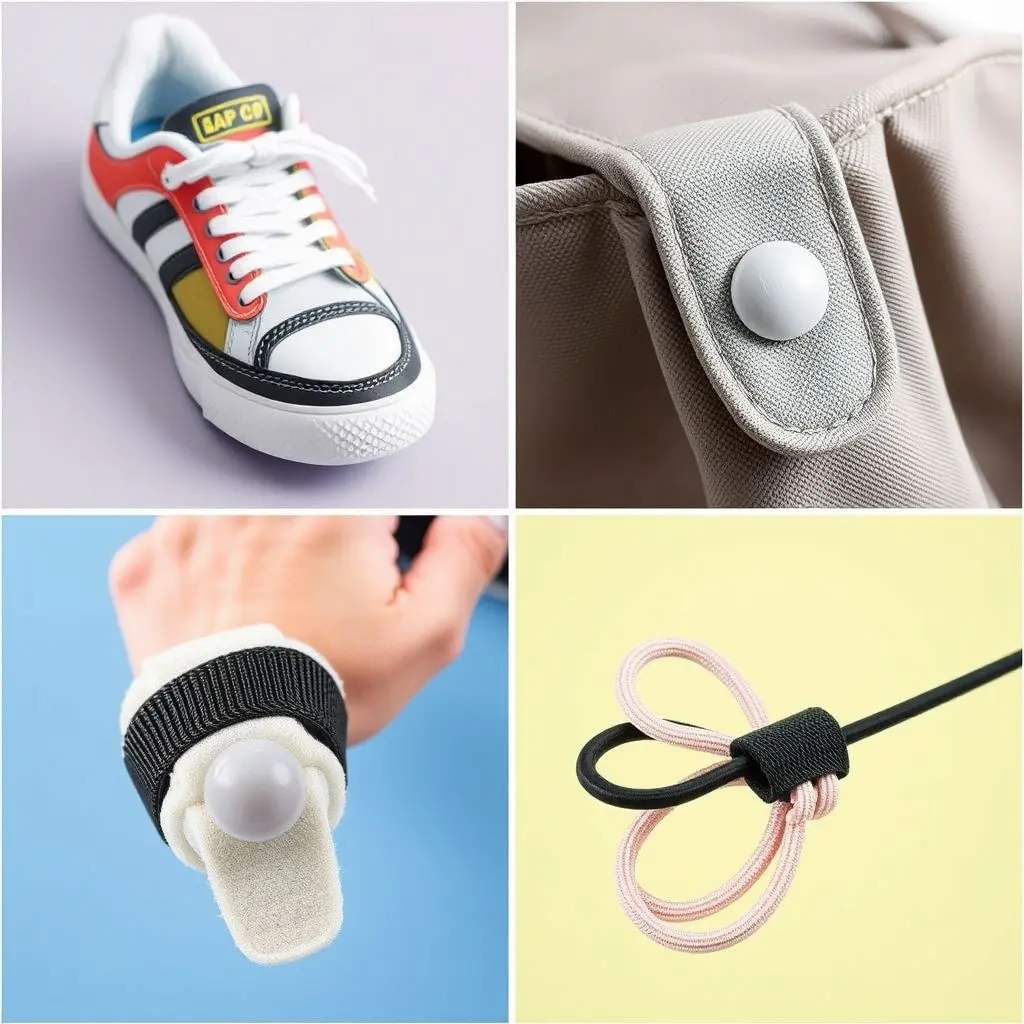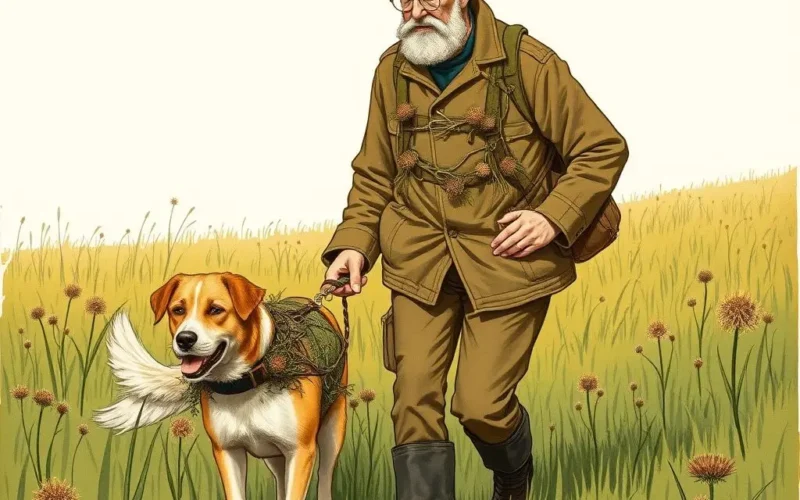You see it absolutely everywhere – on shoes, bags, jackets, camping gear, maybe even securing cables behind your computer. It’s the humble, yet incredibly effective, hook-and-loop fastener we all know as Velcro. Most of us use it daily without giving it a second thought. But what if we told you the ingenious design behind this ubiquitous fastener didn’t spring from a sterile laboratory or a complex chemical formula? The real secret to Velcro’s sticky success lies in pure, unadulterated nature.
For decades, this clever little invention has been a staple in countless products, praised for its ease of use, durability, and temporary, yet strong, bond. But its origins are far more organic and serendipitous than you might imagine. It’s a classic tale of curiosity, observation, and borrowing brilliance directly from the natural world.
Table of Contents
A Walk in the Woods Leads to an Innovation
The story begins not in a bustling city or research facility, but on a quiet stroll in the Swiss countryside in the 1940s. Swiss engineer George de Mestral was out for a walk with his loyal dog. Like anyone who’s spent time outdoors in certain seasons, they returned home with an unwelcome accessory: those persistent, prickly balls known as burdock burrs, clinging firmly to his trousers and his dog’s fur.
Most people would simply brush them off, perhaps with a groan of annoyance. But George de Mestral was an engineer with an inquisitive mind. Instead of just discarding the burrs, his curiosity was piqued by *how* tenaciously they stuck. What was their secret?
Driven by this simple question, he took one of the burrs and placed it under a microscope.

Unveiling Nature’s Tiny Hooks
What de Mestral observed under the lens was nothing short of brilliant. He saw that the surface of the burdock burrs was covered in hundreds of tiny, flexible hooks. These hooks weren’t just randomly attached; they were perfectly formed to catch onto anything fibrous, like the loops of thread in his pants fabric or the fine hairs of his dog’s coat.
It was a simple, elegant system: tiny hooks designed to engage with equally tiny loops. The temporary, yet surprisingly strong, bond was created by the sheer number of these tiny connections acting together. This wasn’t a chemical adhesive; it was a purely mechanical fastener based on structure.
This observation was the crucial ‘aha!’ moment. De Mestral realized that if nature could create such an effective, reversible fastener using just hooks and loops, perhaps he could replicate that design artificially to create a new type of fastener for human use.

The Essence of Biomimicry: Copying Nature’s Genius
George de Mestral’s discovery and subsequent invention are a perfect illustration of a powerful concept called biomimicry. This term refers to the practice of imitating nature’s designs, systems, and processes to solve complex human problems.
Nature, through millions of years of evolution, has already optimized countless solutions for challenges like adhesion, structure, efficiency, and resilience. By studying biological models, engineers, designers, and scientists can gain inspiration and insights to create innovative technologies and materials that are often more sustainable and effective than purely human-conceived ideas.
Velcro is one of the most widely cited and successful examples of biomimicry. De Mestral didn’t invent the concept of fastening, but he copied nature’s *method* of fastening based on the burdock burr’s structure. This led to a fastener that was entirely different from buttons, zippers, or laces.

From Idea to Icon
Developing the actual hook-and-loop fastener wasn’t instantaneous after de Mestral’s discovery. It took several years of experimentation, particularly finding the right materials and manufacturing processes to replicate the natural hooks and loops in a durable, practical way. Nylon proved to be the ideal material – it could be formed into strong, flexible hooks and stable loops, and it was washable and relatively inexpensive.
He patented his invention in 1955 and named it “Velcro,” a portmanteau of the French words “velour” (velvet) and “crochet” (hook). Initially, the invention faced skepticism, but its utility quickly became apparent, leading to its widespread adoption in various industries.

Modern Applications and Beyond
Today, Velcro (and generic hook-and-loop fasteners) is found in an incredible array of applications. From clothing and footwear to medical braces, automotive interiors, sports equipment, and even applications in space (like keeping items from floating away in zero gravity!), its versatility is unmatched. It’s particularly useful where a simple, quick, and adjustable closure is needed.
The story of Velcro serves as a powerful reminder: sometimes, the most innovative solutions aren’t found by dreaming up entirely new concepts, but by carefully observing the millions of years of research and development that nature has already completed. Nature truly is the ultimate patent office.
Want a quick, visual summary of this fascinating tale? Check out our YouTube Shorts below:
Frequently Asked Questions About Velcro and Biomimicry
- Is Velcro a company name or a type of fastener?
Velcro is a brand name for a type of hook-and-loop fastener. Like “Kleenex” for facial tissues, it’s become so popular that the brand name is often used generically for the product type. - What other inventions were inspired by nature (Biomimicry)?
Many! Examples include: streamlined bullet trains based on kingfisher beaks, swimsuit fabrics based on shark skin, self-cleaning surfaces based on lotus leaves, and even structural designs inspired by bone or spiderwebs. - How does the hook and loop mechanism work on a microscopic level?
The ‘hook’ side consists of stiff, J-shaped hooks, often made of nylon. The ‘loop’ side is covered in soft, fuzzy loops of thread. When pressed together, the hooks snag onto the loops. The strength of the bond comes from the cumulative effect of thousands of these tiny connections. Pulling the strips apart requires enough force to disengage all the hooks from the loops, often creating that distinctive ripping sound. - Is Velcro durable?
Velcro fasteners can be quite durable, capable of being opened and closed thousands of times, though durability varies depending on the specific materials and manufacturing quality. Factors like dirt, lint, and wear on the hooks or loops can affect its long-term effectiveness.

Nature’s Enduring Influence
The story of Velcro is more than just the invention of a convenient fastener; it’s a testament to the power of observation and the incredible source of inspiration that is the natural world. It reminds us that sometimes, the most brilliant ideas are right there in front of us, waiting to be discovered, understood, and adapted. Next time you fasten your shoe or close your bag with that familiar rip, take a moment to appreciate the tiny burdock burr and the curious engineer who saw not a nuisance, but a marvel of natural engineering.





